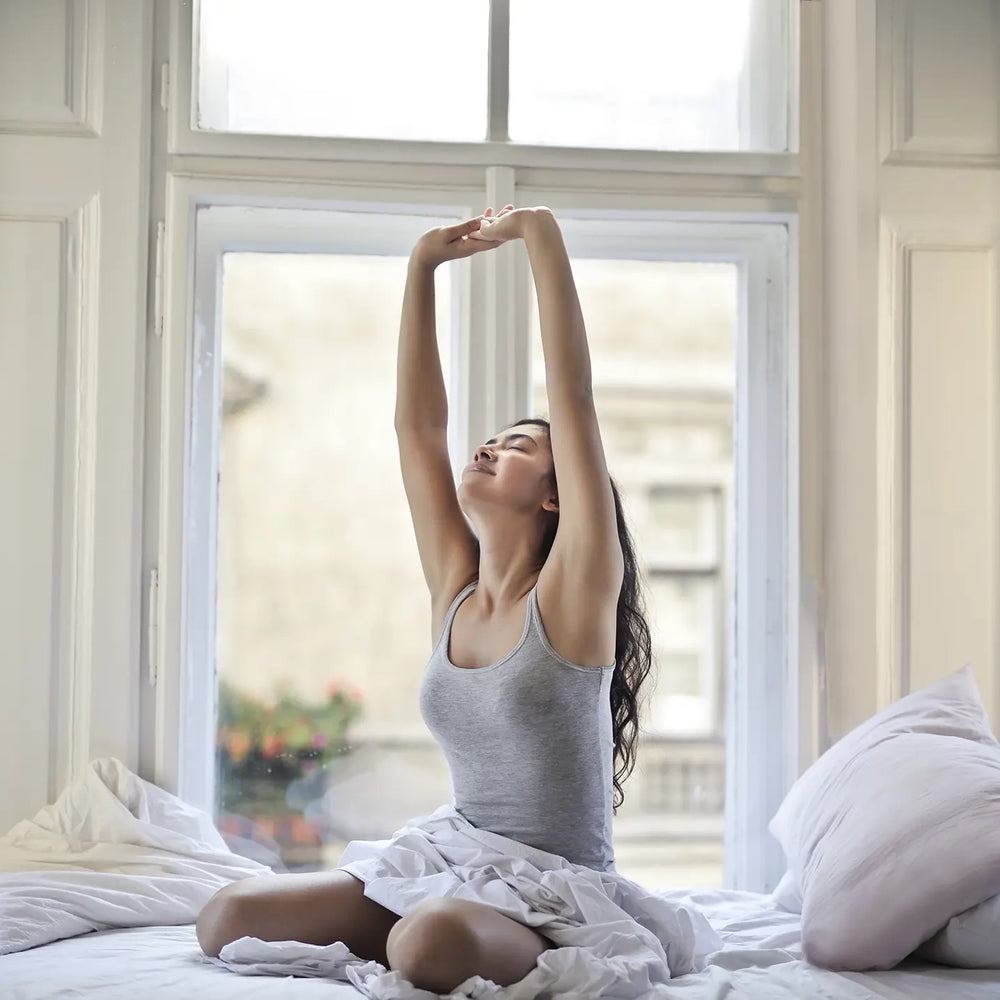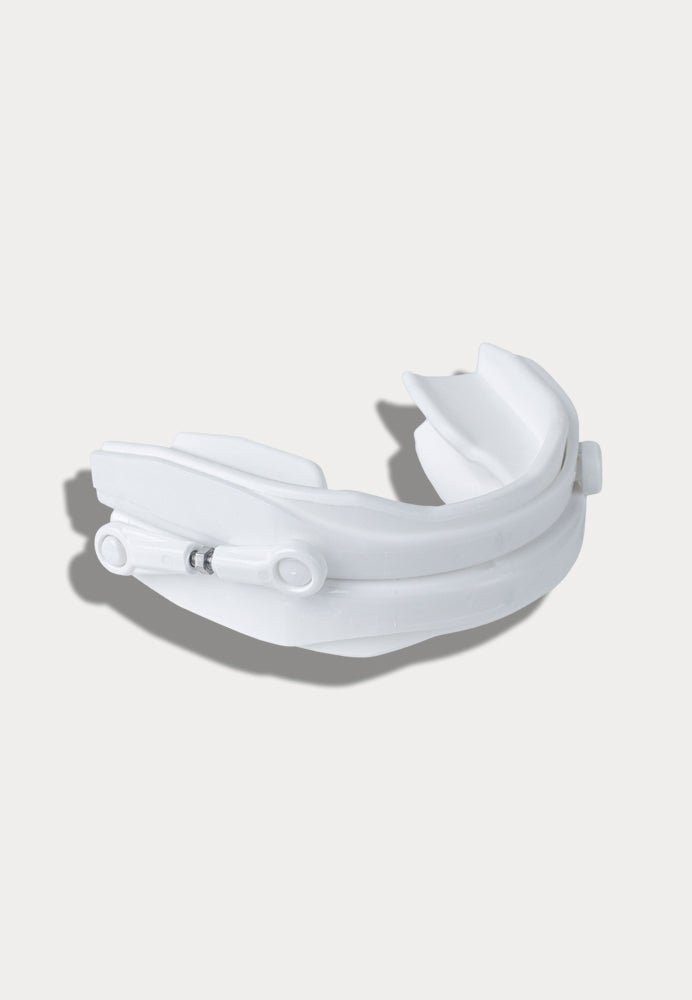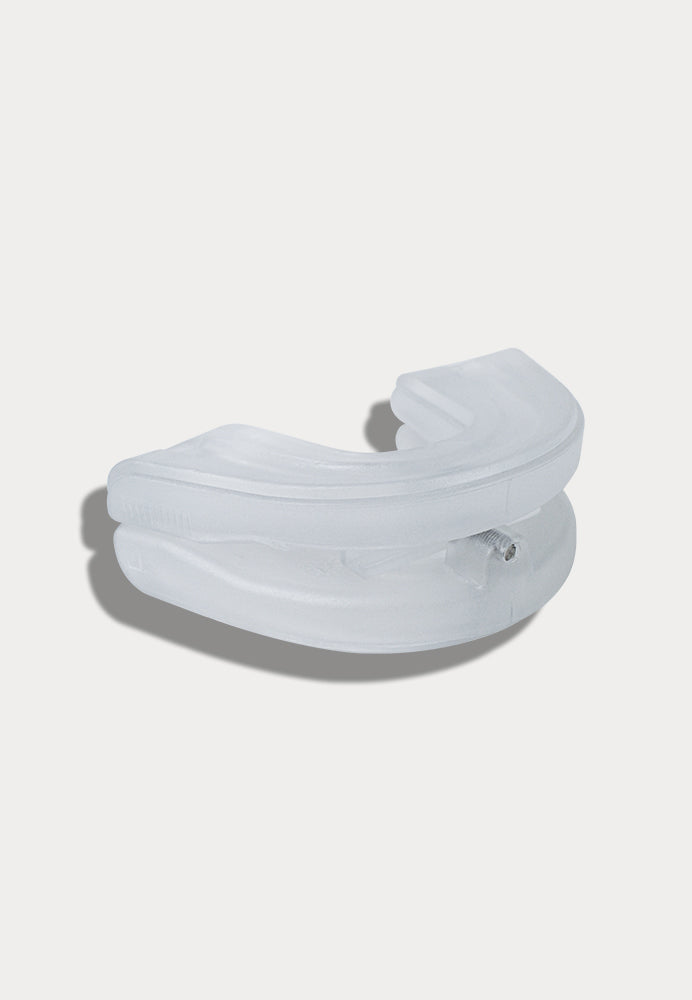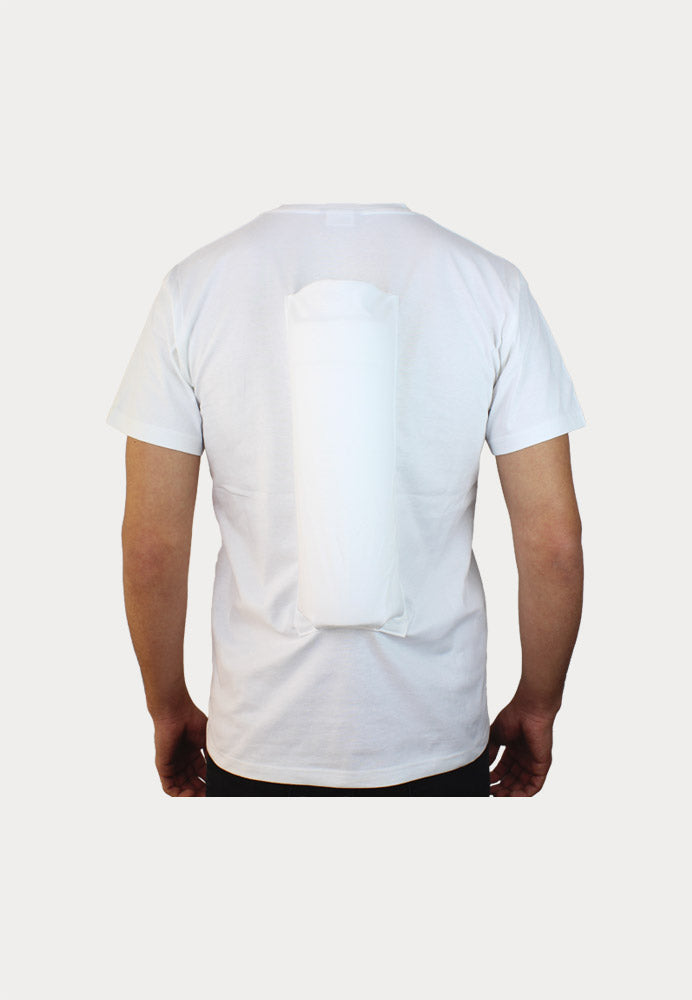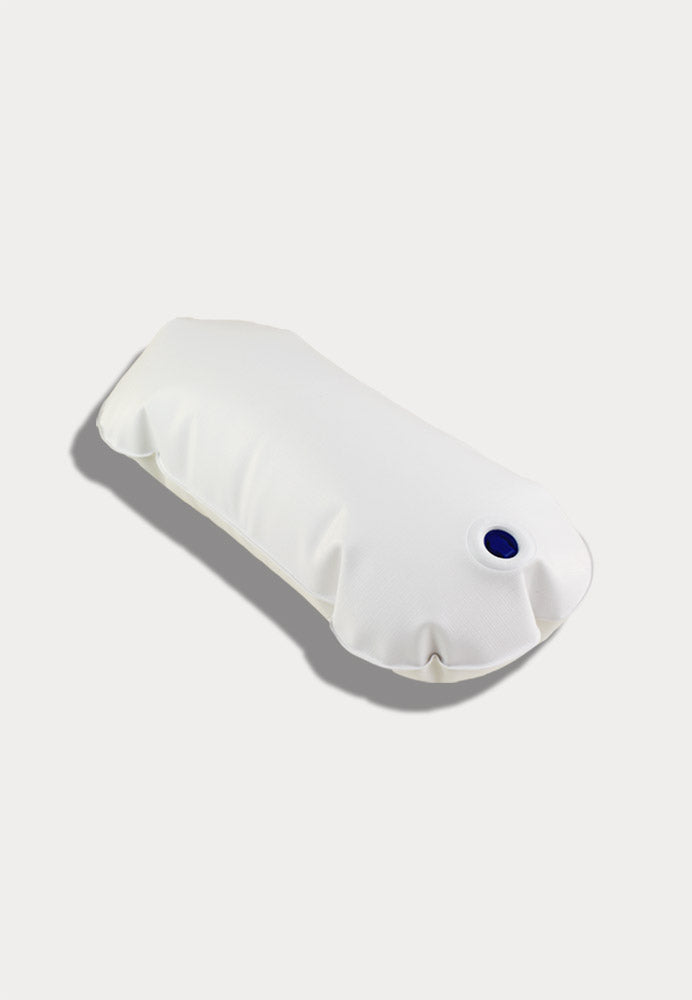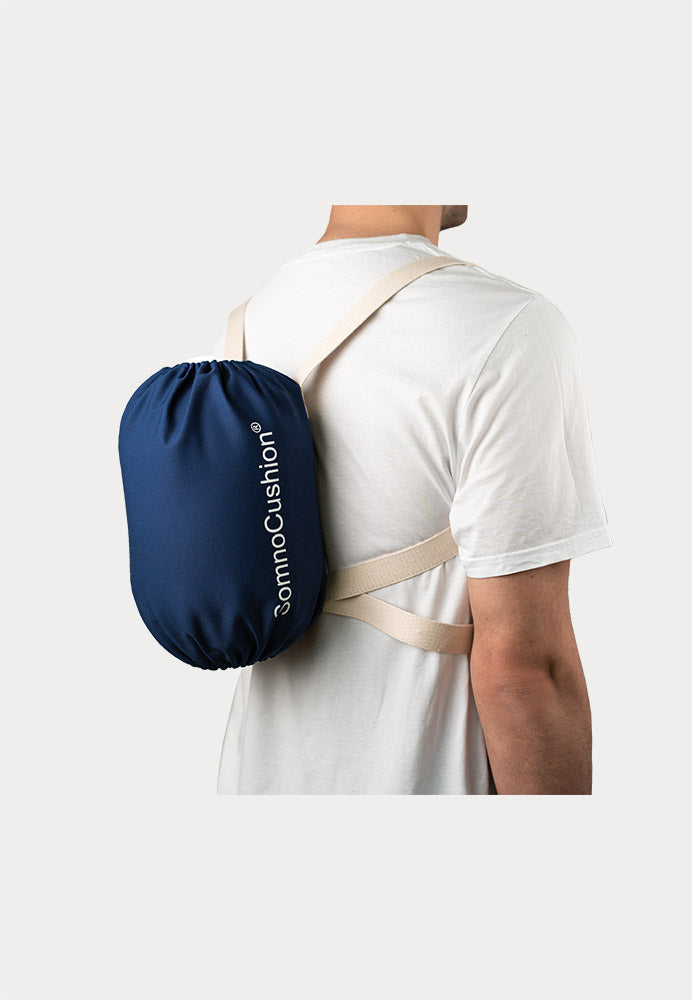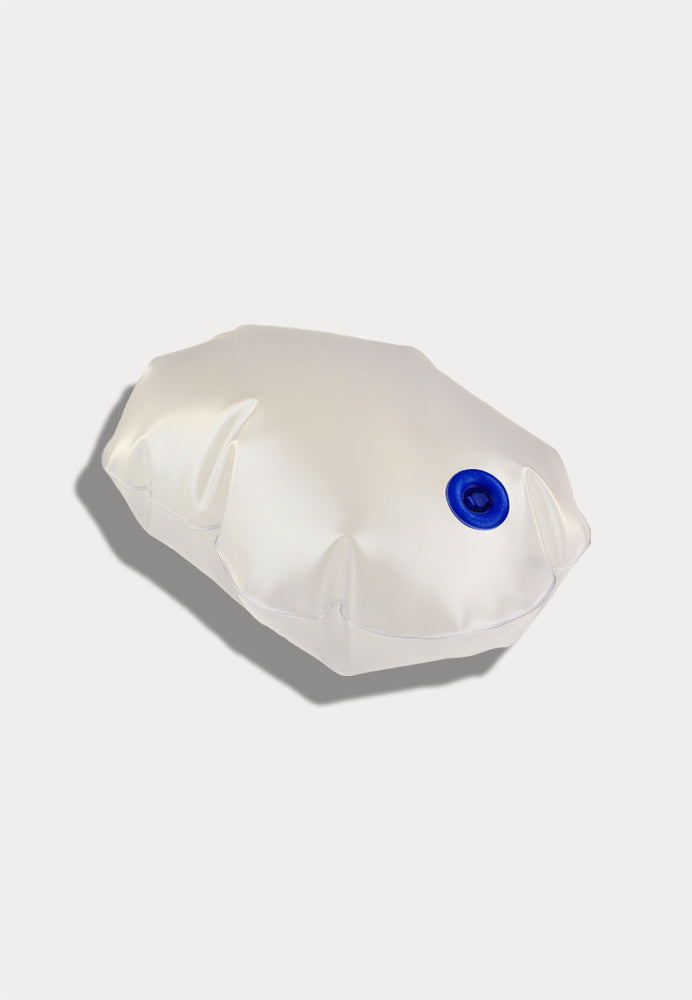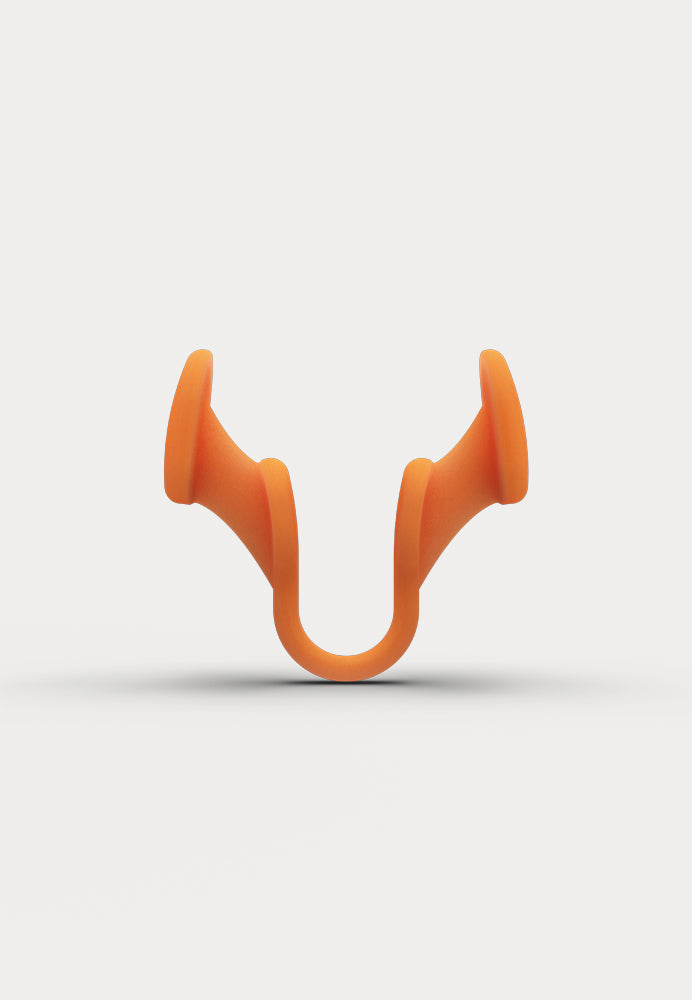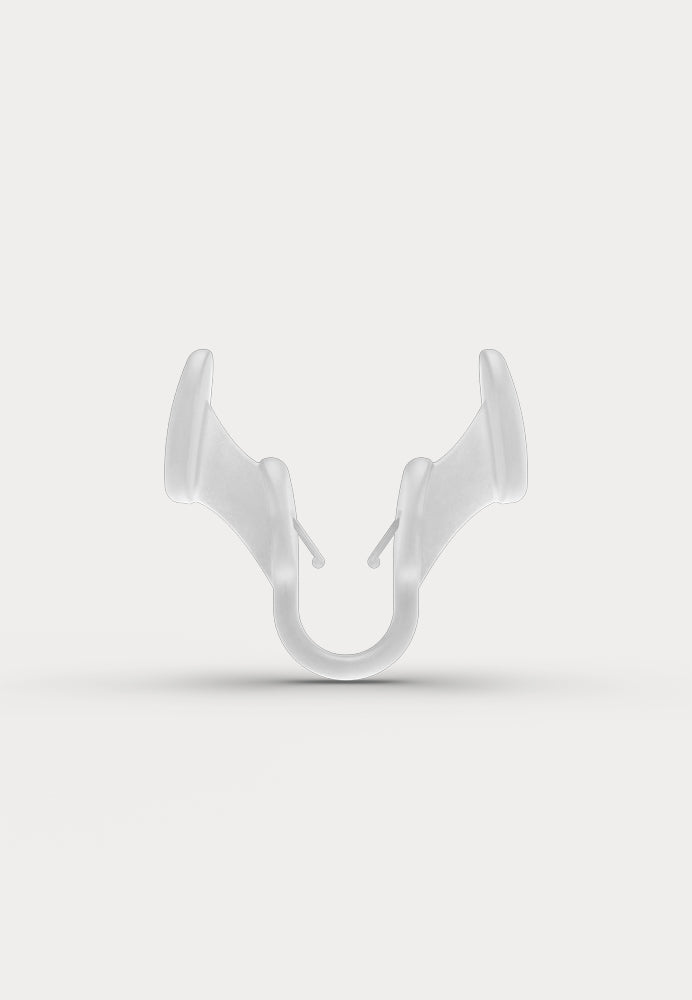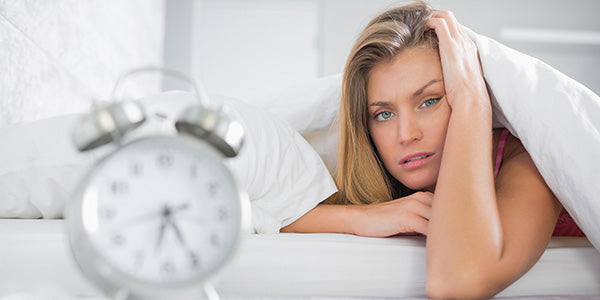Habitual snoring is not associated with breathing pauses. In most cases, snoring is annoying, but not dangerous to health. It becomes dangerous when the snorer suddenly becomes silent and stops breathing for a few seconds or even minutes. As a result, the level of carbon dioxide in the blood increases. Depending on the frequency and duration of the breathing pauses, the body may be undersupplied with oxygen.
SLEEP APNEA: SYMPTOMS
There are some signs that may indicate obstructive sleep apnea:
- Loud, irregular snoring: Breathing pauses are usually accompanied by loud, irregular snoring. The body tries to compensate for the lack of oxygen supply by taking deep breaths.
- Daytime tiredness: Despite getting enough sleep, do you feel tired and exhausted in the morning? Daytime sleepiness is one of the main symptoms of obstructive sleep apnea (OSA). Due to the nocturnal breathing pauses, the associated waking stimulus and temporary lack of oxygen, those affected have restless, unrefreshing sleep at night. As a result, those affected feel listless and unfocused during the day. Microsleep can even occur. Take the Epworth test to find out if you suffer from daytime sleepiness.
- Night sweats: Those affected often sweat profusely at night and feel very thirsty the next morning.
- Headaches: Those affected have to struggle with morning headaches as a result of the lack of oxygen. A dry mouth in the morning can also be a sign of obstructive sleep apone syndrome (OSAS).
- Loss of libido: Sexual reluctance can be another sign of obstructive sleep apnea. In men, a disease can also be reflected in a loss of potency.
SLEEP APNEA: DIAGNOSIS
How do I find out if I actually have Obstructive Sleep Apnea?
- First, arrange an anamnesis interview with your ear, nose and throat specialist. In a detailed discussion including an examination, he can record peculiarities in the nose and throat as well as determine sleeping habits and other influencing factors, such as overweight or the consumption of stimulants. Your bed partner can play an important role in this. Therefore, include him in the investigations.
- If necessary, an outpatient sleep recording is carried out in the next step. A portable recorder worn at bedtime records behavior during the night and important physical activities, and detects breathing pauses.
- In the case of frequent and long-lasting breathing pauses, a polysomnography in the sleep laboratory is ultimately recommended. Sleep doctors carry out detailed examinations with those affected during a one- to two-day stay. Significant recordings, such as brain activity and heart rate, are measured and analyzed. The apnea-hypopnea index (AHI) can also be used to determine the severity of your illness. The higher the index, the more pronounced the sleep apnea is. An AHI greater than 5/h and less than 15/h is referred to as mild obstructive sleep apnea. An AHI greater than 15/h and less than 30/h indicates moderate OSA, an AHI greater than 30/h is classified as severe.
Untreated obstructive sleep apnea can have serious health consequences. Learn more in our article Sleep Apnea: Impact .
Tip : We offer proven snoring & sleep apnea remedies to help fight snoring and mild to moderate obstructive sleep apnea.
